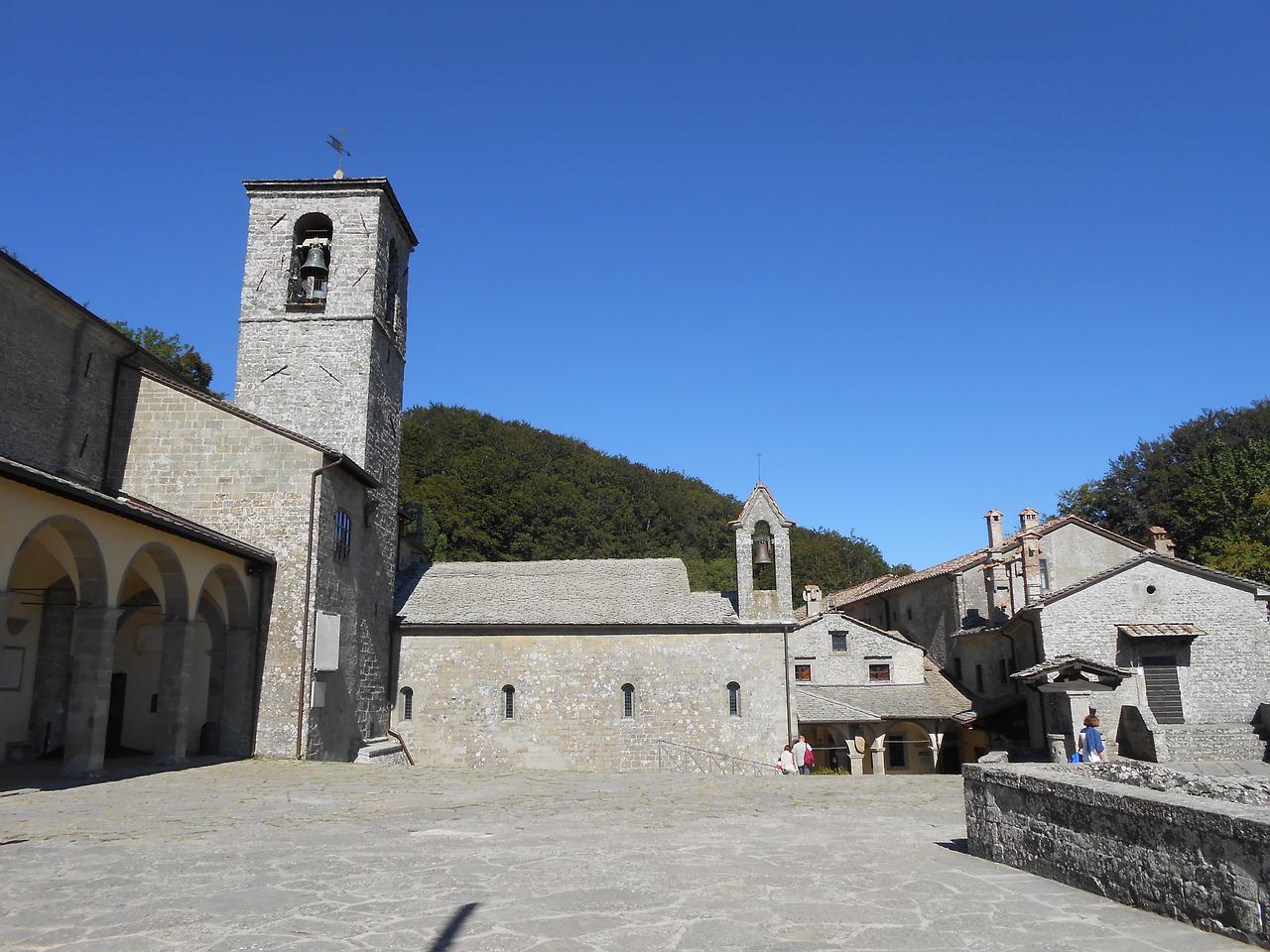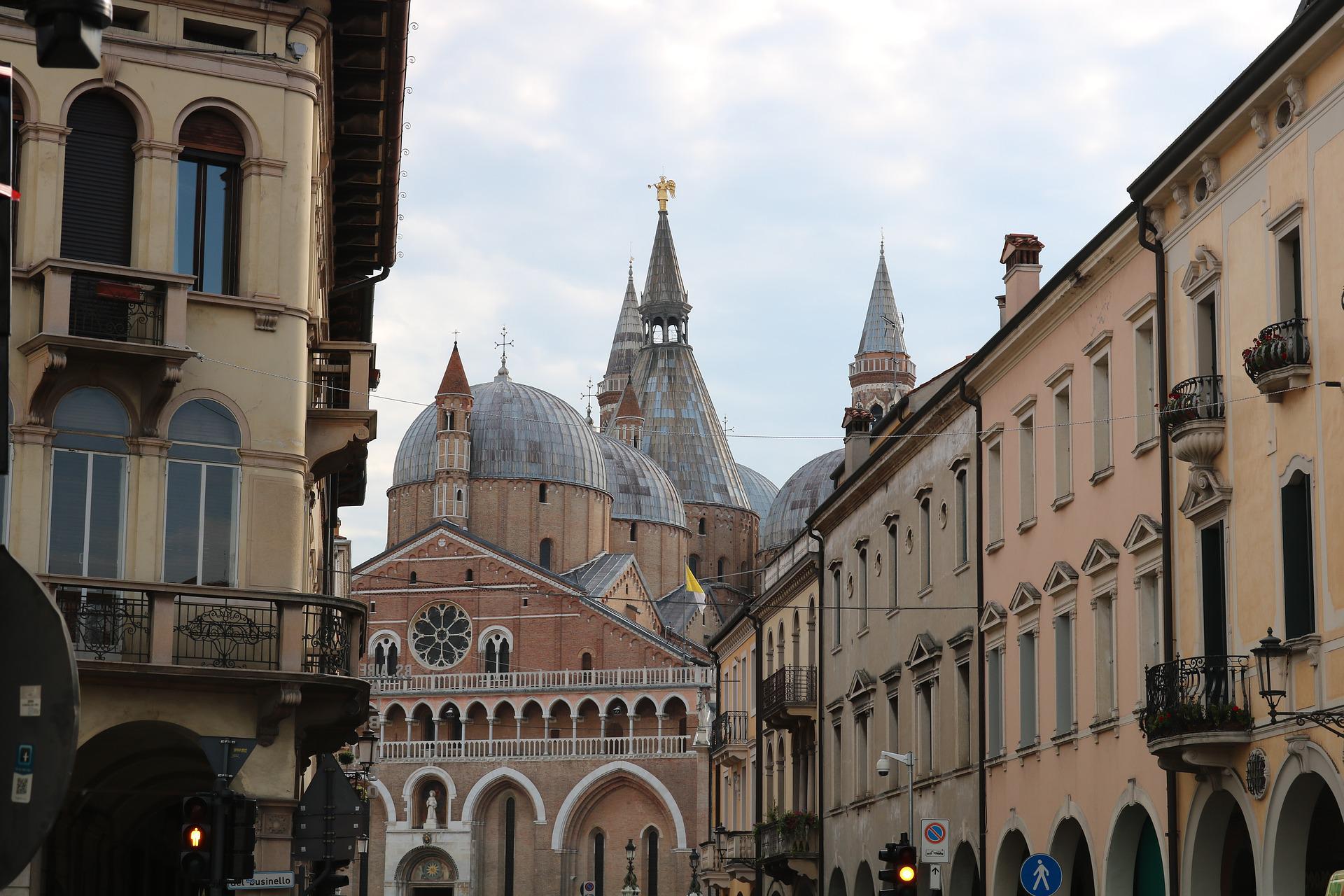The Camino di Sant’Antonio is a long devotional itinerary on foot between Veneto, Emilia – Romagna and Tuscany in the footsteps of the Portuguese friar who according to tradition was shipwrecked in Calabria in San Marco Argentano (CS) and then carried out his Franciscan testimony in northern Italy. The Camino di Sant’Antonio is not a novelty in recent years due to the success of the paths, from that of Santiago downwards: the devotees of the Paduan saint have always retraced his footsteps from Padua to the Sanctuary of La Verna in Tuscanybut it has been since 1999 that a real route has been formalized which winds through paths and secondary roads and touches the most important places of the testimony of Sant’Antonio da Padova.
The Camino di Sant’Antonio, between Veneto, Emilia – Romagna and Tuscany in the footsteps of the Portuguese friar
430 kilometres, three regions and 84 municipalities to be covered ideally in 22 stages: these are the numbers of the Camino di Sant’Antonio, which include the so-called “Last Way”, the 24 km from Camposampiero to the Basilica del Santo that Sant’Antonio wanted to travel on a cart pulled by oxen to go to die in a convent in Padua, and the remaining places of his work of announcing the Franciscan words.
From Padua to Bolognapassing through Battaglia Terme, the Euganean Hills Regional Park, Rovigo and Ferrara, where St. Anthony performed the miracle of the infant, are 160 km substantially flat, doable even in a week or so.
Quite different it is the last stretch of the Cammino di Sant’Antonio, from Imola crossing the Apennines up to the Foreste Casentinesi and the Sanctuary of La Verna, with 290 km of mountain ups and downs for a total difference in altitude of about 11,000 meters for which you need to get used to the walk and a little physical preparation.
The stages of the Camino di Sant’Antonio
I am officially 22 stages of the Camino di Sant’Antonioup to Bologna flat and even with some urban passage, then hills and mountains and almost exclusively on paths and cartways that cross woods and beech woods.
1) Camposampiero – Padua – 23.5 km
2) Padua – Monselice – 22.3 km
3) Monselice – Rovigo – 34km
4) Rovigo – Polesella – 20.1 km
5) Polesella – Ferrara – 22.7km
6) Ferrara – Malalbergo – 21,7 km
7) Mallbergo – Castel Maggiore – 26.0 km
8) Castel Maggiore – Bologna – 21.2 km
9) Bologna – Settefonti – 20.1 km
10) Settefonti – San Martino in Pedriolo – 18 km
11) San Martino in Pedriolo – Tossignano – 17.1 km
12) Tossignano – Carné Natural Park – 22.8 km
13) Carné Natural Park – Modigliana – 17.0 km
14) Modigliana – Dovadola – 21.7 km
15) Dovadola – Rocca San Casciano – 16.9 km
16) Rocca San Casciano – Portico of Romagna – 11.7 km
17) Portico di Romagna – San Benedetto in Alpe – 16.6 km
18) San Benedetto in Alpe – Castagno d’Andrea – 21.5 km
19) Castagno d’Andrea – Prati alla Burraia – 12.9 km
20) Prati alla Burraia – Camaldoli – 13.3 km
21) Camaldoli – Badia Prataglia – 15.8 km
22) Badia Prataglia – Sanctuary of Verna – 20.6 km
Credentials and hospitality along the Camino di Sant’Antonio
As mentioned, the Camino di Sant’Antonio is the result of a long history of devotion, and as with all religious pilgrimages the Friars Minor Conventual of the Basilica of Padua issue the pilgrim’s credentials to be stamped stage by stage. As in all routes, it is up to the pilgrim to organize his or her stops and overnight stays, however the Credential gives access to structures that offer hospitality such as shelters, spiritual places, refreshments or commercial establishments where to sleep or eat at agreed prices. At the end of the journey it is also possible to receive the Assidua, which is the certificate of completed pilgrimage.

On the Official website of the Camino you can also find the KLM and GPX tracks as well as the detailed description of the stages, with altimetry and other useful and practical information for organizing the pilgrimage.
READ ALSO: The Way of St. Francis from La Verna to Rome
Advertising
